耐久性と硬度 炭化タングステン 対チタン
炭化タングステン は、その極めて高い硬度と耐久性で知られている。モース硬度はなんと8.5~9で、最も硬い物質のひとつである。最も硬い物質であるダイヤモンドの硬度は10です。この硬度は優れた耐傷性につながり、そのため炭化タングステンは結婚指輪や頑丈な工具によく使われています。
チタンしかし、硬度ではやや劣る。モース硬度は約6で、傷がつきやすい。しかし、チタンは優れた靭性でそれを補っています-それは、その脆い性質のためにタングステンカーバイドに欠けている品質である、割れることなく大きな衝撃に耐えることができます。
要するに、耐傷性と硬さを優先するならば、タングステンカーバイドが明らかに勝者である。しかし、衝撃に対する回復力を求めるなら、チタンがトップに立つ。

炭化タングステンとチタンの重量比較
チタンがリードするのはここからだ。 チタン は驚くほど軽量で、約4.5g/cm³の密度を誇る。これはスチールよりも約45%軽いことになります。チタンの指輪をつけたり、チタンの道具を使ったりしていれば、その重さはほとんど気にならないでしょう。
対照的だ、 炭化タングステン の密度は15.6 g/cm³で、より高密度です。これは金とほぼ同じ重さで、製品に重厚感を与える。この重さを高級感として評価する人もいるが、日常的に使うには煩わしいと感じる人もいるだろう。
つまり、携帯性と快適さを重視するのであれば、チタンが適している。しかし、堅固で重量感のあるものがお好みなら、タングステンカーバイドがお勧めです。
の耐食性 炭化タングステン 対チタン
| プロパティ | 炭化タングステン | チタン |
|---|---|---|
| 耐食性 | 良いが、経年酸化には弱い | 優れた耐腐食性 |
| 理想的なアプリケーション | 工具、産業用アプリケーション | 海洋環境、医療用インプラント |
| コーティング | 多くの場合、保護のための追加コーティングが必要 | 自然な耐食性 |
炭化タングステンはそこそこの耐食性を持つが、極端な条件下や湿気に長時間さらされると酸化することがある。 チタンしかし、海水のような過酷な環境下でも錆や腐食から守る天然の酸化皮膜を形成する。
炭化タングステンとチタンの美しさとデザインの柔軟性
スタイルという点では、どちらの金属もユニークな特性を持っている。 炭化タングステン 磨き上げられた鏡のような仕上がりは、ラグジュアリーそのもの。その重厚感は、特にジュエリーに威厳を与えます。しかし、その硬さゆえにサイズ直しや加工が難しい。
チタン対照的に、より汎用性が高い。成形や彫刻がしやすく、複雑なデザインも可能です。また、マット仕上げからポリッシュ仕上げまでさまざまな仕上げがあり、ブルー、パープル、ゴールドなどのユニークなカラー効果を出すためにアルマイト処理を施すこともできる。
デザインの自由度を重視する人には、チタンがベター。しかし、耐久性と高級感を求めるなら、タングステン・カーバイドが期待を裏切らないだろう。

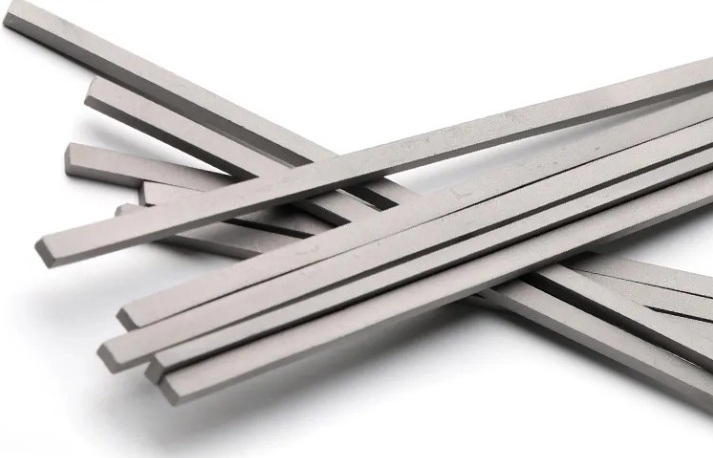
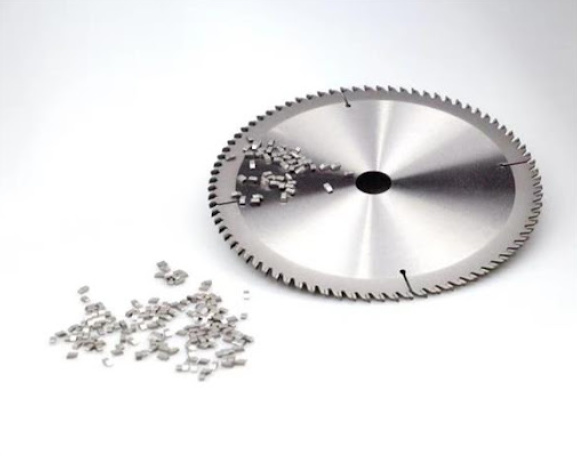
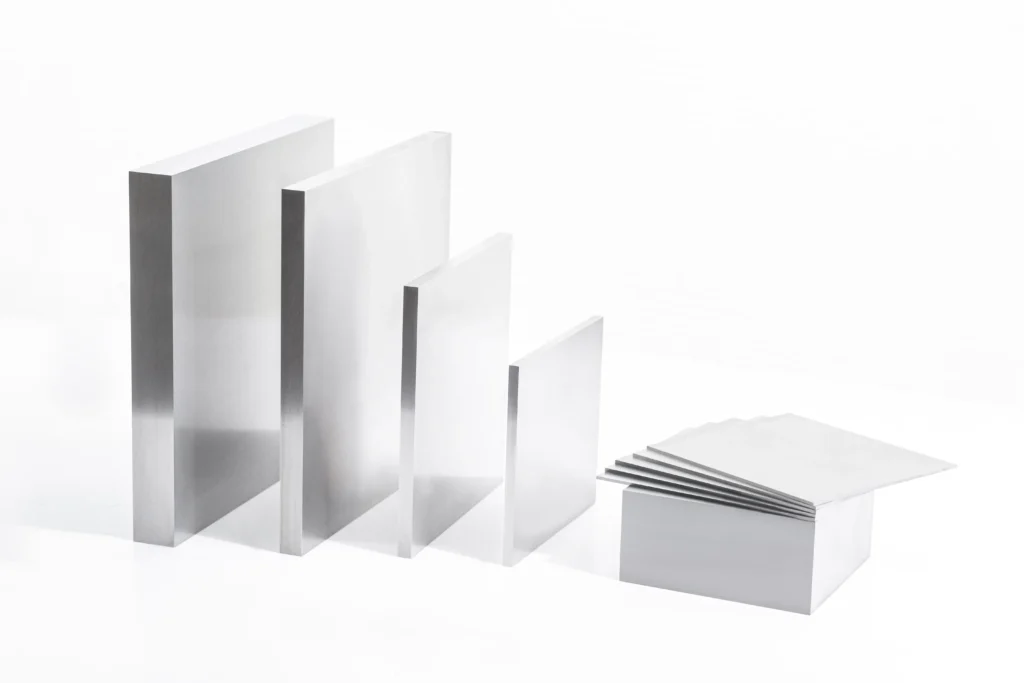
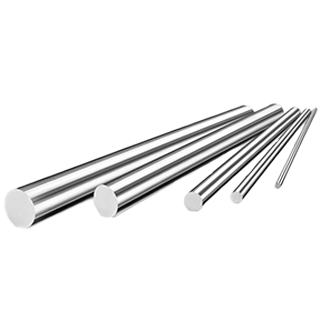
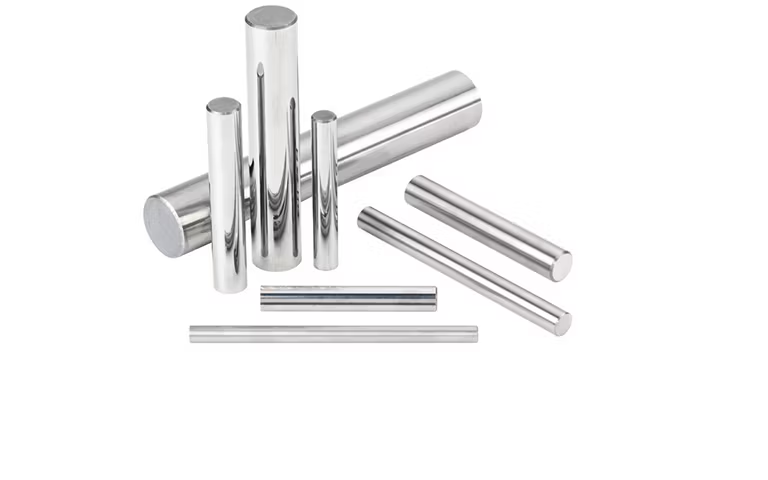
炭化タングステンとチタンの比較
どちらの金属も異なる分野で優れている:
炭化タングステンの用途
- 切削工具:ドリルビット、鋸刃、鉱山機械。
- 産業機械:ノズルやインサートなどの耐摩耗部品。
- ジュエリー:傷に強い指輪やブレスレット。
チタンの用途
- 航空宇宙:航空機や宇宙船用の軽量部品。
- メディカル:生体適合性によるインプラントや手術器具。
- マリン:耐食性に優れたボート部品や水中機器。
コスト 炭化タングステン 対チタン
これらの金属の価格は、用途や加工によって異なる:
- 炭化タングステン:製造工程が複雑なため、一般的に高価。しかし、工業用工具や高級宝飾品には、その耐久性が価格を正当化することが多い。
- チタン:ほとんどの用途、特に航空宇宙のような軽量産業において、より手頃な価格。腐食に対する長期的な耐性も、費用対効果を高めている。
予算が気になるなら、チタンの方が入手しやすいかもしれないが、タングステンカーバイドの寿命の長さは、ヘビーデューティーな用途にはより良い価値を提供する。

よくあるご質問
| 質問 | 回答 |
|---|---|
| どちらが難しいか? | 炭化タングステンは硬く、モース硬度は8.5~9である。 |
| どちらが軽い? | チタンはスチールより45%も軽い。 |
| どちらが腐食に強いか? | チタンは耐食性に優れ、特に海洋環境での使用に適しています。 |
| タングステン・カーバイド・リングのサイズ変更は可能ですか? | タングステン・カーバイドのリングは、その硬さのため、サイズ直しはできません。 |
| どちらの金属がより生体適合性が高いか? | チタンは生体適合性が高く、医療用インプラントに適している。 |
| どちらが傷に強いか? | タングステンカーバイドの方がはるかに傷に強い。 |


